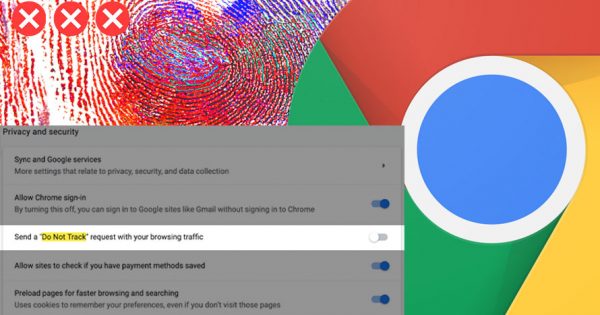
Experiments are underway at Google to engineer a sustainable ad-funded internet after the platform withdraws support in 2022 for the third-party cookie, the web’s default means of monetization since the 1990s.
This includes a large-scale identifiability study that aims to establish a threshold of information publishers can access to personalize their websites to users of the market-leading Google Chrome browser, while preserving individuals’ privacy.
Additionally, Google is testing a means of allowing marketers to continue online ad attribution in Chrome beyond 2022.
A Google spokesperson was unable to immediately respond to Adweek’s request for clarification around the timelines of these projects, which are both part of Google’s Privacy Sandbox initiative, a years-long series of experiments to continue support for an ad-funded online ecosystem in a manner that placates privacy advocates.
Crackdown on fingerprinting
No firm decisions have been made yet, but the identifiability study is part of Google’s efforts to curb covert tracking without third-party cookies, with “fingerprinting” identified as a particularly egregious means of doing so.
Browser fingerprinting is a technique where developers identify “stable information” on a user’s web browser, such as extensions or fonts installed, with such techniques historically used to track users in environments where third-party cookies are unavailable.
Details of the identifiability study were shared at last week’s Chrome Dev Summit, where Google representatives showcased ongoing efforts ahead of what is set to be a crunch year for teams at the world’s most popular web browser.
Privacy budget
Google is conducting the identifiability study to glean data that will equip publishers with the right balance of user information, derived through APIs—also known as identifiers, or fingerprinting surfaces—while preserving Chrome users’ privacy.
The Chrome team has proposed an “identifiability threshold” of API information that developers can use to personalize a Chrome user’s website visit, including ad targeting.
From here, each publisher is afforded a “privacy budget,” and once a website approaches or exceeds this allowance the web browser can impose limitations on the Chrome APIs the publisher can access in order to prevent the recognition of individual website visitors.
Maud Nalpas, from the Google Chrome developer relations team, told Chrome Dev Summit attendees the purpose of the identifiability study is to help quantify the identifiability threshold, plus which APIs will count toward a publisher’s privacy budget.
“We are hoping that most websites are below [the identifiability threshold] so that the privacy budget enforcement only affects a small number of sites,” she added. For a more thorough explanation, watch this video:
Nalpas said the study is examining 300-plus Chrome APIs that websites are accessing, plus how much identifiable data they expose, but that it is still too early for publishers to prepare their privacy budgets.
Separately, Google is also proposing measures to mitigate covert web-wide tracking, including willful IP blindness that aims to prevent geolocation data, arguably the most stable of identifiers, from being accessed and used to track individuals’ browsing behavior.
Conversion measurement without cookies
Chrome Dev Summit also saw Google showcase a conversion measurement API to help advertisers assess which ads generated a conversion, such as a direct purchase or database registration, without the use of third-party cookies.
Third-party cookies are ad tech’s historic attribution tool of choice, helping to synch ad requests with the most suitable media buyer, but they have been under attack by privacy advocates who maintain such monitoring leaks personally identifiable sensitive data.
https://www.adweek.com/programmatic/google-chrome-privacy-sandbox-experiments/

